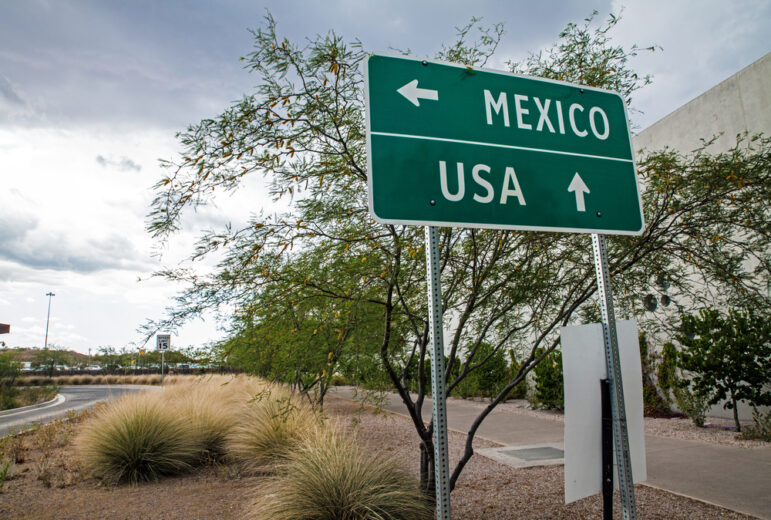
News & Analysis
How a Team from Reuters Investigated Child Labor Abuses in the American South
A Reuters investigation uncovering how large corporations use child labor for chicken processing and auto supply manufacturing was a finalist for the 2023 Goldsmith Prize for Investigative Reporting. Here the reporters give insights to other journalists who want to explore illegal labor practices in their coverage areas.








